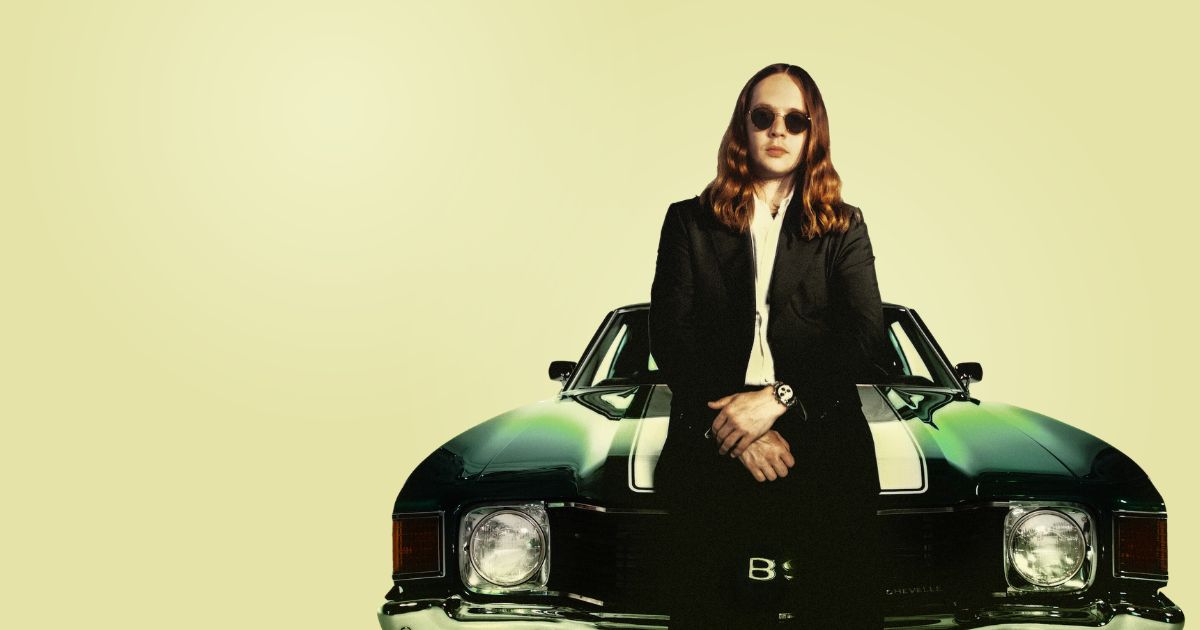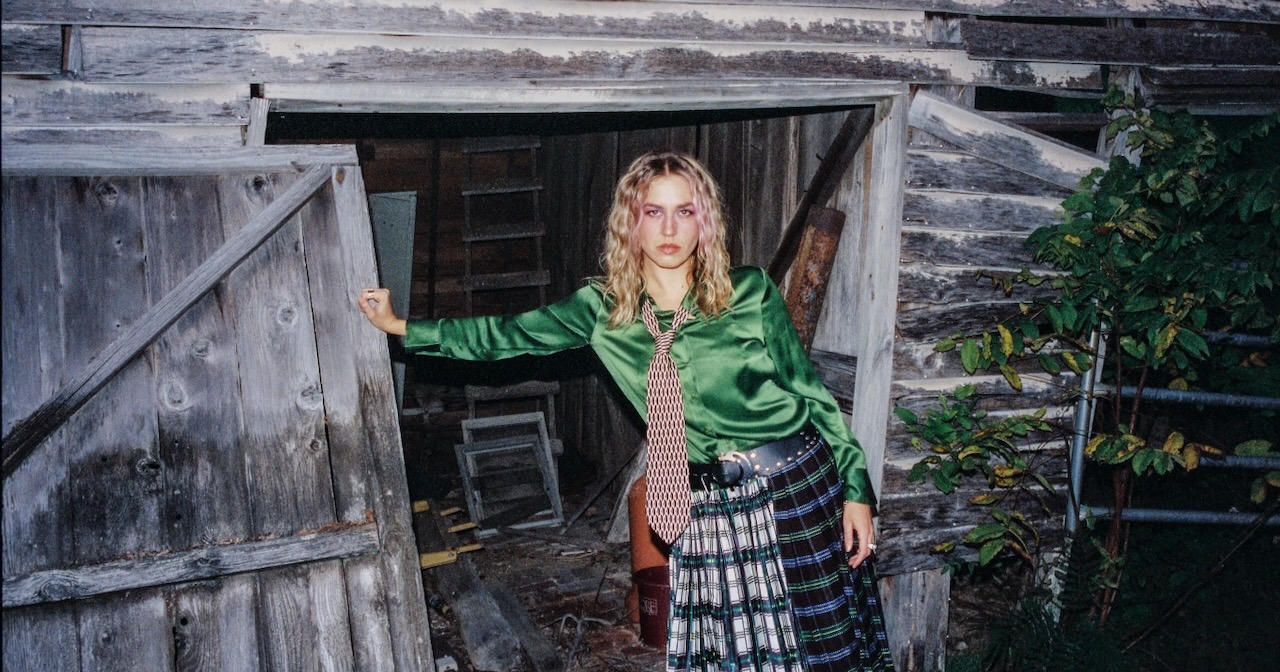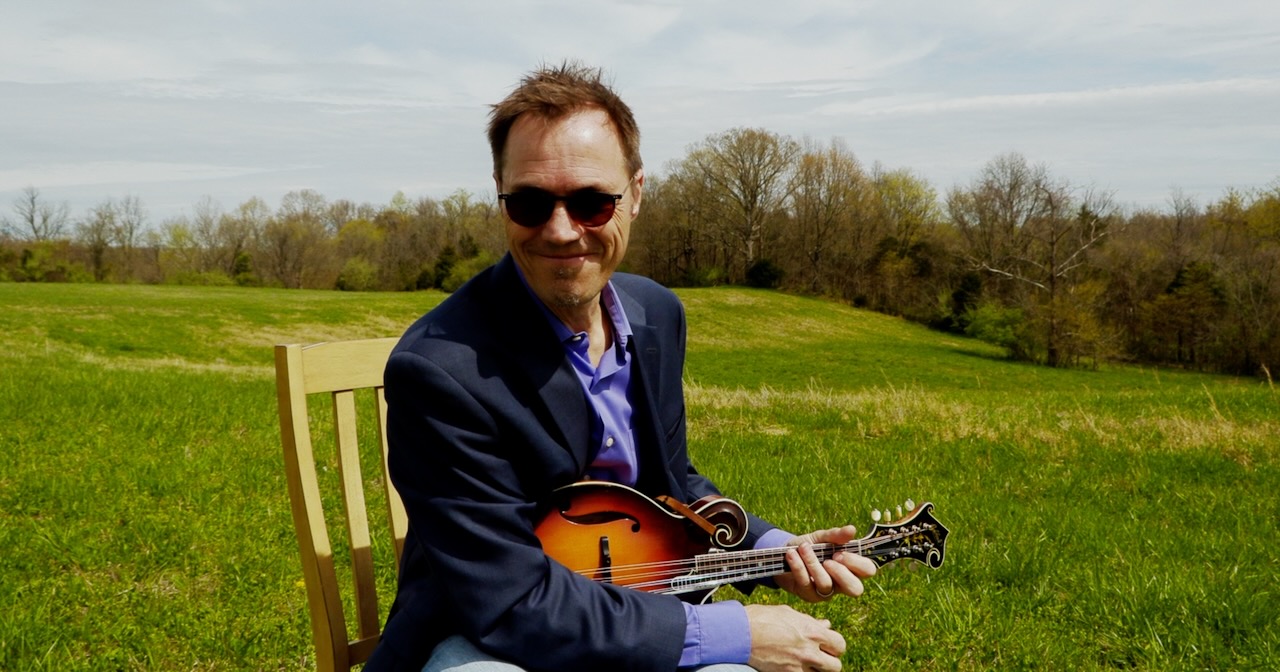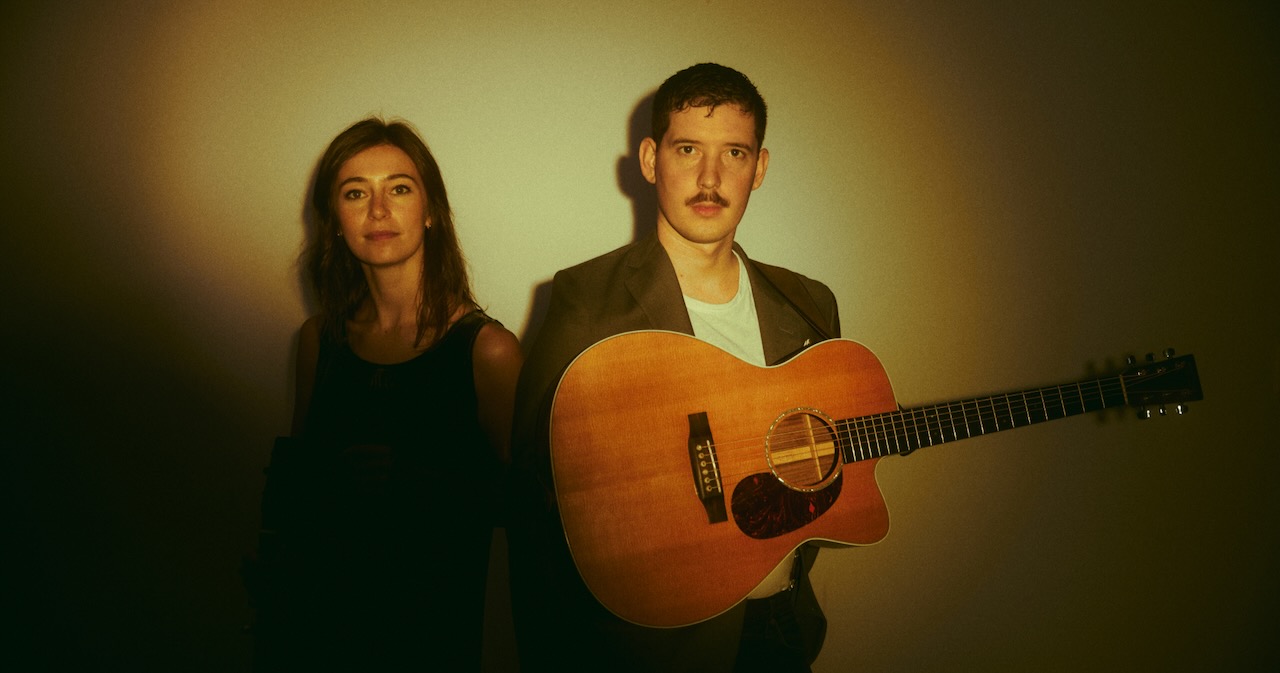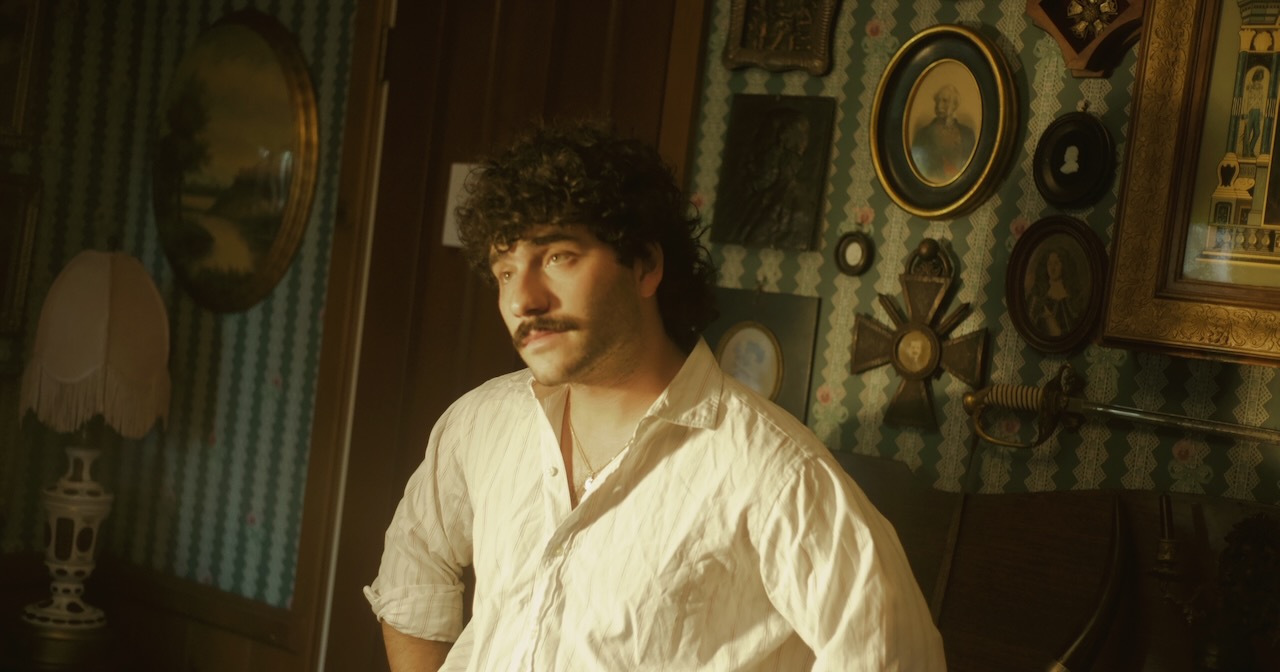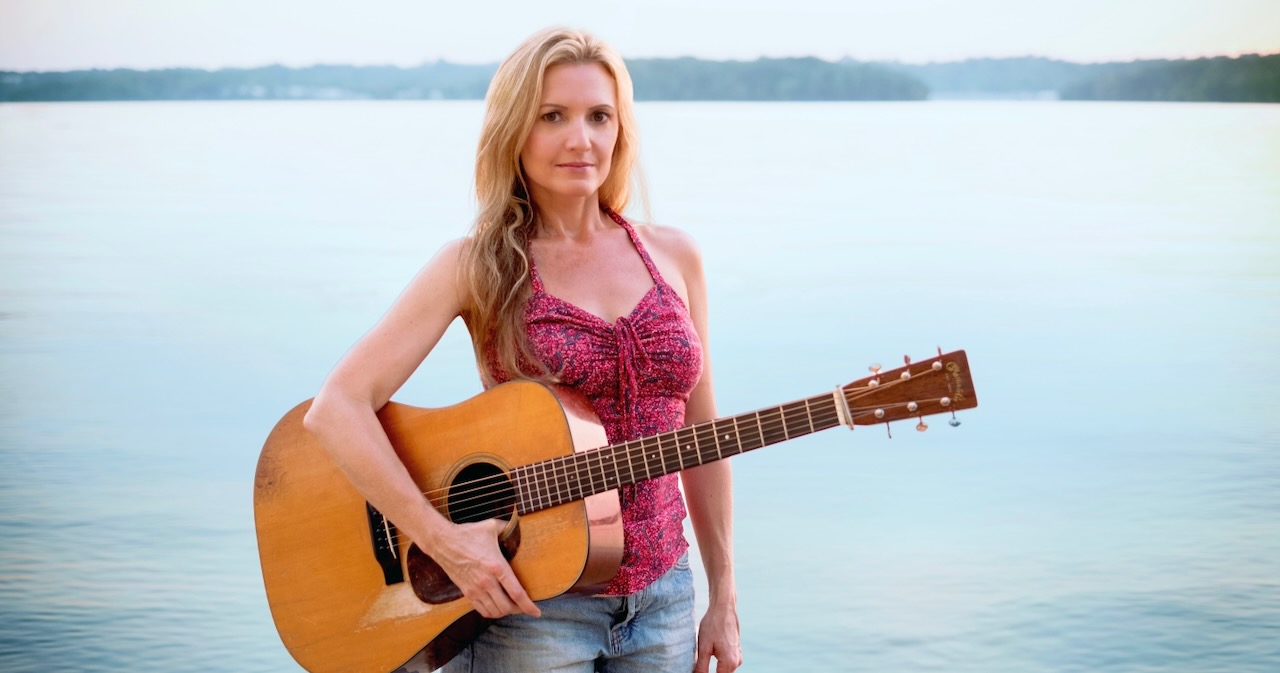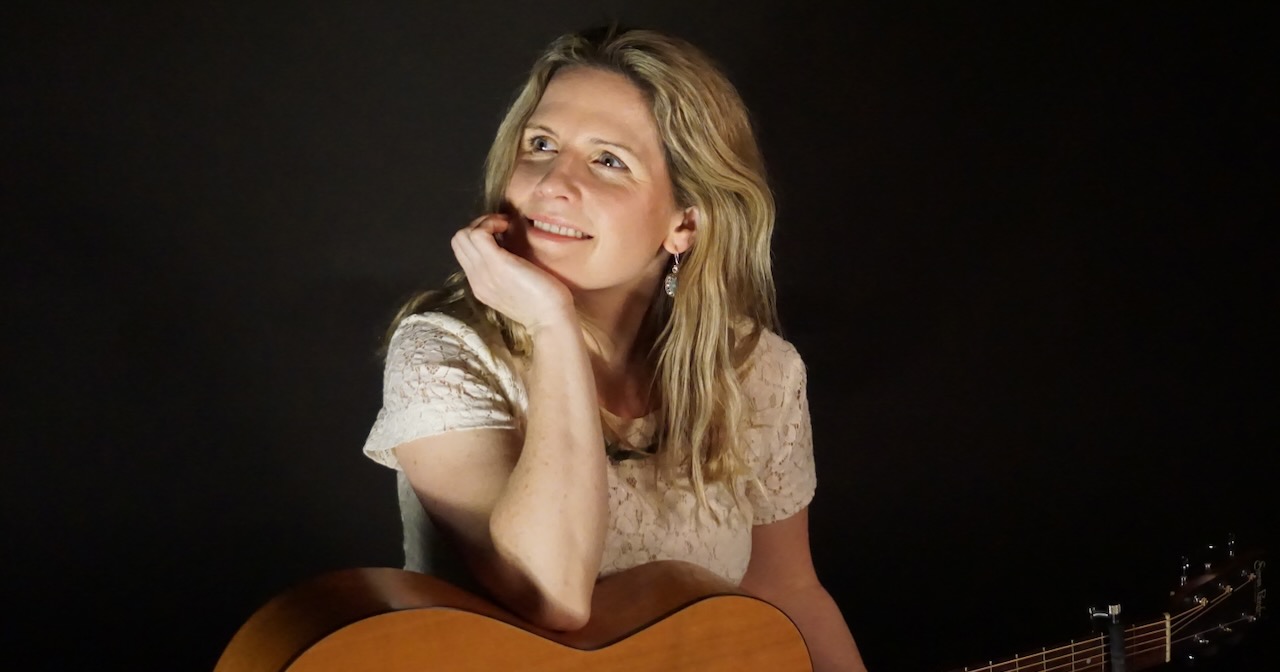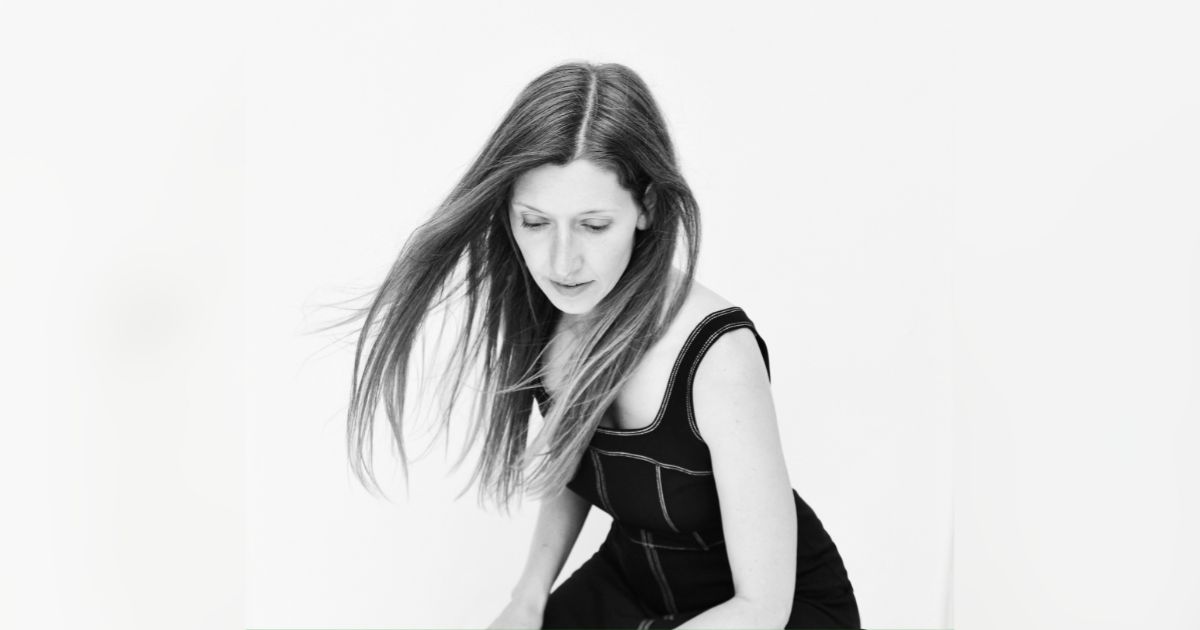We’ve been covering our friend, GRAMMY Award winner and physics-defying flatpicker Billy Strings for now almost ten years. In that relatively short period of time, he and his band have revolutionized the bluegrass, jamgrass, and acoustic guitar scenes. Way back in 2014 and 2015, when the local Michigan guitarist with generational talent first started appearing on our site and in our Sitch Sessions, and making his mark on the national bluegrass scene, almost no one would have predicted he would be selling out arenas less than a decade later. And yet– there were always signs.
Indeed, BGS’ first viral content was a Sitch Session performance by Strings and former duo partner Don Julin, performing what would eventually become a “hit” for Billy, “Meet Me at the Creek.” The video spread like wildfire on BGS, Facebook, YouTube, Reddit, and beyond – rapidly garnering more than a million views. It was just one of the many early inflection points that would occur over Strings’ stratospheric rise.
Strings’ jaw-dropping picking, gritty and heartfelt vocals, mystifying jams, and virtuosic, tradition-steeped aggression are all at once charming and hypnotizing. Given a platform, of any size or reach in his early career, his performances, songs, and live shows were an unstoppable force. Audience members and fans could hardly look away.
His personal narrative, of hardship and bootstraps and holding onto a childhood dream of playing bluegrass for a living, of road-dogging and paying dues and “god-given” talent, bolstered his trad bona fides when his metal and rock background, long hair, and drug-infused stories might have undercut his appeal to bluegrass and old-time audiences. Strings was – and is – obviously, a real human being; despite what supernatural touches are evident in his music, here is a guitar hero embodied. And, for hundreds of thousands of roots music fans, diehard and uninitiated, that brand has been limitlessly resonant and relatable. Plus… there’s that picking!
It’s no wonder, merely four solo studio albums into his career, Strings has gone from touring 250+ days a year at every mom-and-pop bluegrass festival, rock club, coffee shop, and barbeque restaurant in the U.S. and Canada to selling out enormous arenas, auditoriums, and amphitheaters for multi-night runs all around the world. Billy Strings, as an artist, a brand, and an individual, was always made to go the distance.
His newest album, Highway Prayers, which released September 27 on Reprise Records, finds Billy and band putting even more miles under their well-worn, veteran tires. A long form, 20-track album, the project includes breakneck instrumentals, many a live show and fan favorite, and plenty of that Billy Strings magic that only he and his cohort could bring to such a record. But, despite the fact that Billy has guested on dozens of projects as a track feature in the past few years – from Post Malone to Zach Top to Sierra Ferrell to Willie Nelson to Luke Combs to Ringo Starr – Highway Prayers has not a single credited celebrity feature.
Which brings us to a point that, forest for the trees style, seems to go missing from considerations of Billy Strings, his music, and his impact. Yes, Strings is defining and redefining bluegrass in the modern era and in the 2000s. Yes, Strings is perhaps the most important bluegrass artist of his generation, if not of all time. Yes, Strings has illustrated there truly is no ceiling for bluegrass music, commercially and otherwise. And yes, he and his band are revolutionizing the very landscape on which this music is built, offered, and examined.
Still, as Highway Prayers – as well as his live shows and his entire discography – demonstrates, the most innovative and revolutionary aspects of Billy Strings and his version of bluegrass are not what he’s changed, but what has stayed the same.
Even Alison Krauss & Union Station at their very peak were only performing true bluegrass for a portion of their live shows. The Chicks, for all of their international touring and arena sell-out shows, would often only have four or five string band songs set aside in a special mini-set during their performances. Billy Strings and his band are not only raising the bar for bluegrass and its marketability and sale-ability in an era where nearly all music businesses are floundering and struggling, they’re doing it all as a simple, five-piece bluegrass band across the front of the stage.
Sure, there are pedal boards and LED screens and smoke machines and delay, and WAH, and distortion – plenty of “no part of nothin'” moments, of course. But at the beginning and end of the day, whether touring in a Ford Econoline or with dozens of road crew and buses and tractor trailers, Billy Strings is a bluegrass musician, playing bluegrass songs, birthing thousands of new bluegrass fans, and doing all of it at the largest scale we’ve ever seen as a community and as an industry.
There’s much (well-deserved) noise to be made about all of the strange and unique ways Strings and his team have accomplished this, but even more noise ought to be generated. For the most remarkable impact of Billy Strings is that he’s shown everyone, all across the globe, that bluegrass doesn’t need to fundamentally change to be something everybody can love.
All month long, we’ll once again be celebrating Billy Strings as our Artist of the Month. Enjoy our revamped Essential Billy Strings Playlist below, check out our exclusive interview with Billy here, explore our list of favorite songs and recordings – by other artists – featuring Billy here, and stay tuned on BGS and on social media as we dip back into the archives for all things Billy Strings.
Photo Credit: Dana Trippe
